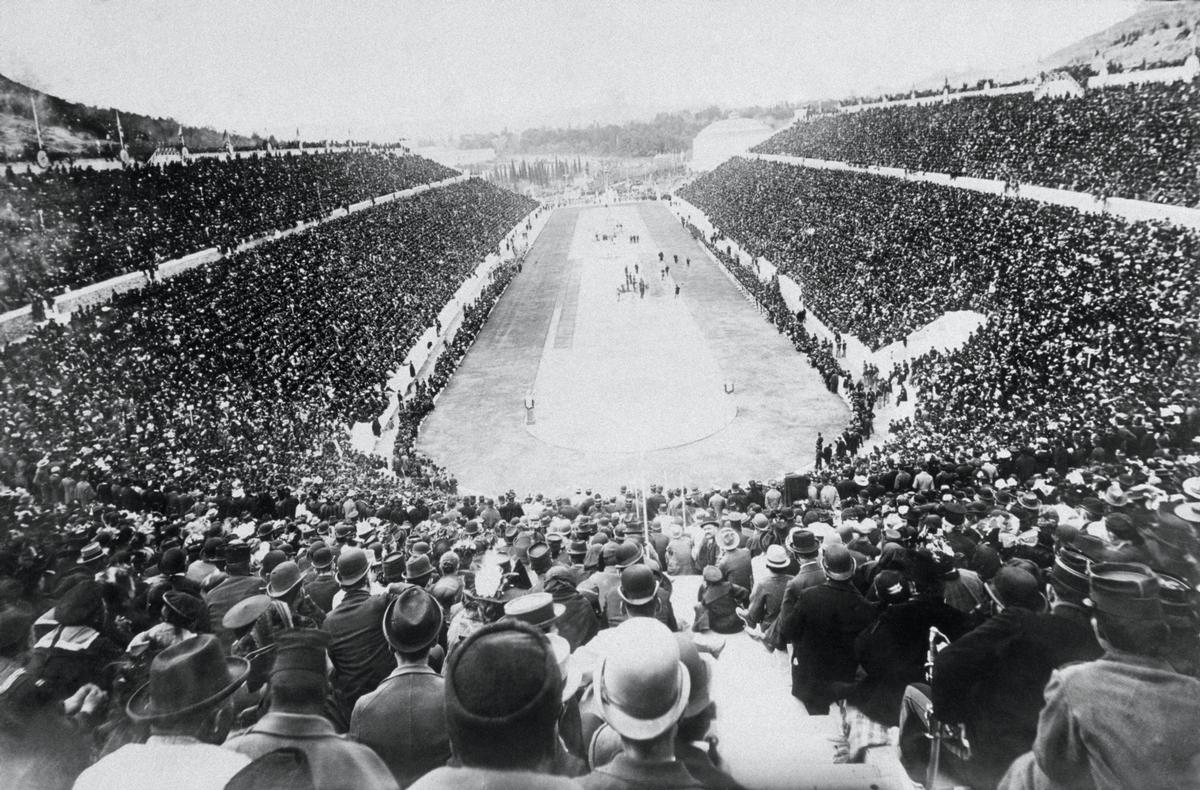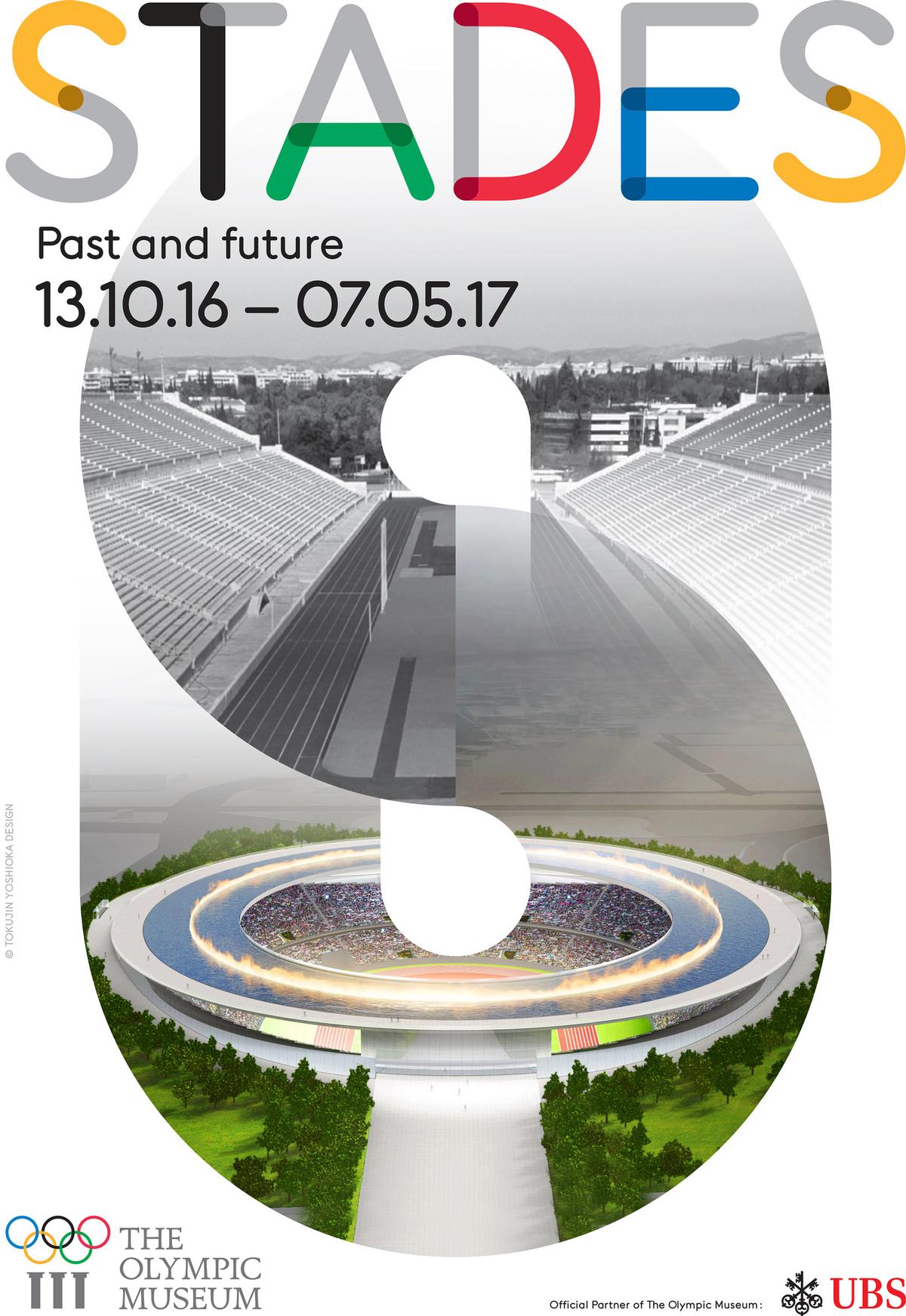see all jobs
How do you design an Olympic stadium? New exhibition explores style, structures and sustainability
The design and engineering of Olympic stadiums is the focus of a temporary exhibition opening today (13 October) at The Olympic Museum in Lausanne, Switzerland.
Stadiums: Past and Future explores the facilities cities have built to host the Games – from the Olympia in Ancient Greece through to modern architectural icons such as Frei Otto’s Munich Olympic Stadium and Herzog and de Meuron’s Bird’s Nest in Beijing.
Curated by Geraint John, senior advisor at sports architects Populous and former chief architect at the GB Sports Council, the multi-media exhibition considers the engineering innovations used to build flexible Olympic venues and the environmental, social and economic challenges of creating stadiums that can have a long-term positive impact on the city where they are built.
Possibilities such as temporary stadium building and stadium renovations are considered in a section exploring the sustainability of stadium design and the changing demands placed on Olympic facilities.
The London 2012 Games is used as a case study in long-term planning for creating a legacy, with an interactive exhibit demonstrating how the infrastructure of the Games developed from the planning stages in the late 90s through to 2012, and how it will be developed, through schemes such as Olympicopolis, over the next 15 years.
The London Games are compared and contrasted with the events organised by Sydney in 2000, Athens in 2004, Beijing in 2008 and Rio in 2016 to consider the approaches, successfully or less so, each city made to create a legacy.
“It is very important nowadays for the International Olympic Committee (IOC) to deal with questions like the heritage and legacy of the Games,” said Anne Chevalley, head of cultural and educational programming at The Olympic Museum, in an interview with Sports Management.
“It’s time for us to talk about how we can integrate heritage into Olympic cities and to see that stadiums are not constructed for a couple of weeks of competition, but are an investment for many decades. We’re sensitive to this point and it’s our intention to express this concern in a visual way through the exhibition by asking what does it mean to build such a stadium in a city?”
Chevalley added that the exhibition is designed for members of the public, architects and representatives from cities considering bidding for the Games in the future.
“It’s interesting to see examples of former hosts; both good examples and those which were more difficult,” she said. “Building a stadium is a long, long process and involves very many people, so we have to look at what did and didn’t work in the past and see how we can improve.”
In addition to the exhibition – which runs until 7 May 2017 before travelling to London – the museum has opened a zone where children can masterplan their own Olympic city park using large colourful building blocks. It has also published an online game for children and a book called Olympic Stadiums on the subject.
More News
- News by sector (all)
- All news
- Fitness
- Personal trainer
- Sport
- Spa
- Swimming
- Hospitality
- Entertainment & Gaming
- Commercial Leisure
- Property
- Architecture
- Design
- Tourism
- Travel
- Attractions
- Theme & Water Parks
- Arts & Culture
- Heritage & Museums
- Parks & Countryside
- Sales & Marketing
- Public Sector
- Training
- People
- Executive
- Apprenticeships
- Suppliers


















































